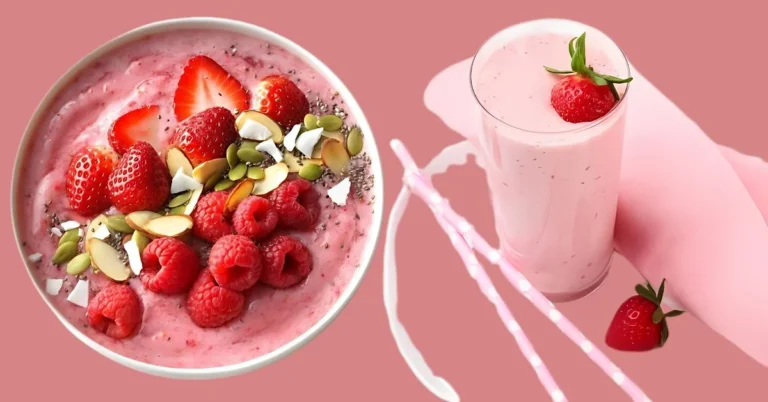Exploring the Delicious World of Bulgur Wheat Dishes
Bulgur wheat, a versatile and nutritious whole grain, has been a staple in Middle Eastern and Mediterranean cuisines for centuries. Not only is bulgur wheat packed with essential nutrients, but it also offers a delightful nutty flavour and satisfying texture that can elevate any dish. Let’s embark on a culinary journey and explore some mouthwatering bulgur wheat dishes that are sure to tantalize your taste buds.
Tabbouleh Salad:
Tabbouleh is a refreshing and vibrant salad that highlights the flavours of fresh herbs, vegetables, and bulgur wheat. To make this classic Middle Eastern dish, simply combine chopped parsley, mint, tomatoes, cucumbers, onions, and soaked bulgur wheat. Toss everything together with a drizzle of olive oil, lemon juice, salt, and pepper for a light and nutritious salad that’s perfect for any occasion.
Bulgur Wheat Pilaf:
Bulgur wheat pilaf is a flavorful and hearty dish that can be served as a main course or a side dish. Start by sautéing onions, garlic, and your choice of vegetables in olive oil until they’re tender. Then, add soaked bulgur wheat, vegetable broth, and your favourite herbs and spices. Let everything simmer until the bulgur wheat is cooked through and fluffy. Serve the pilaf hot with a sprinkle of chopped nuts or dried fruits for added texture and flavour.
Stuffed bell peppers
Stuffed bell peppers filled with a savoury mixture of bulgur wheat, vegetables, and herbs make for a satisfying and nutritious meal. To prepare, cook soaked bulgur wheat until tender, then mix it with sautéed onions, garlic, diced tomatoes, and your choice of cooked beans or ground meat. Season the filling with herbs and spices like cumin, paprika, and oregano. Stuff the mixture into halved bell peppers, top with cheese if desired, and bake until the peppers are tender and the filling is heated through.
Bulgur Wheat Soup
Bulgur wheat adds heartiness and texture to soups, making them more satisfying and nutritious. For a comforting bulgur wheat soup, start by sautéing onions, carrots, celery, and garlic in olive oil until softened. Add the soaked bulgur wheat, vegetable or chicken broth, diced tomatoes, and your favourite herbs and spices. Let the soup simmer until the bulgur wheat is cooked and the flavours have melded together. Serve hot with a garnish of fresh herbs and a squeeze of lemon juice for brightness.
Bulgur Wheat Breakfast Bowl:
Start your day off right with a nourishing bulgur wheat breakfast bowl. Cook soaked bulgur wheat until tender, then top it with your favourite breakfast ingredients such as Greek yoghurt, fresh fruit, nuts, seeds, and a drizzle of honey or maple syrup. You can also add spices like cinnamon or nutmeg for extra flavour. This wholesome breakfast bowl is not only delicious but also provides a good balance of protein, fibre, and carbohydrates to fuel your morning.
Bulgur Wheat Health Benefits:
Bulgur wheat, a versatile whole grain derived from cracked wheat kernels, offers a myriad of health benefits that make it a valuable addition to any diet. Here are some key health benefits of bulgur wheat:
- Rich in Fiber: Bulgur wheat is an excellent source of dietary fibre, with just one cup of cooked bulgur providing about 8 grams of fibre. Fiber is essential for maintaining digestive health, promoting regular bowel movements, and preventing constipation. A diet high in fibre can also help lower cholesterol levels, improve heart health, and reduce the risk of certain chronic diseases like diabetes and colorectal cancer.
- High in Protein: Despite being a plant-based food, bulgur wheat is surprisingly rich in protein. It contains around 6 grams of protein per cooked cup, making it a valuable source of this essential macronutrient, particularly for individuals following vegetarian or vegan diets. Protein is crucial for building and repairing tissues, supporting muscle growth, and maintaining overall health.
- Low Glycemic Index: Bulgur wheat has a low glycemic index (GI), which means it doesn’t cause rapid spikes in blood sugar levels after consumption. Foods with a low GI are digested and absorbed more slowly, providing a steady release of energy and helping to keep blood sugar levels stable. This makes bulgur wheat an excellent choice for individuals with diabetes or those looking to manage their blood sugar levels.
- Nutrient-Dense: Bulgur wheat is packed with essential vitamins and minerals, including vitamins B6 and niacin, iron, magnesium, and manganese. These nutrients play key roles in various bodily functions, such as metabolism, energy production, oxygen transport, and antioxidant defense. Incorporating bulgur wheat into your diet can help ensure you’re getting a wide range of important nutrients to support overall health and well-being.
- Weight Management: Due to its high fiber and protein content, bulgur wheat can help promote feelings of fullness and satiety, making it an excellent choice for weight management. Including bulgur wheat in your meals can help curb hunger and reduce overall calorie intake, which may support weight loss or weight maintenance efforts.
- Versatility and Easy to Prepare: Bulgur wheat is incredibly versatile and can be used in a variety of dishes, including salads, soups, pilafs, and stuffing. It has a quick cooking time compared to other whole grains, typically requiring just 10 to 15 minutes to cook. This makes bulgur wheat a convenient option for busy individuals looking to prepare nutritious meals in a short amount of time.
Conclusion
Bulgur wheat dishes offer a delightful combination of flavors, textures, and nutrients that make them a delightful addition to any mealtime. Whether you’re craving a light and refreshing salad, a comforting soup, or a hearty main course, there’s a bulgur wheat dish to suit every palate and occasion. So why not get creative in the kitchen and explore the endless possibilities of cooking with bulgur wheat? Your taste buds will thank you!







